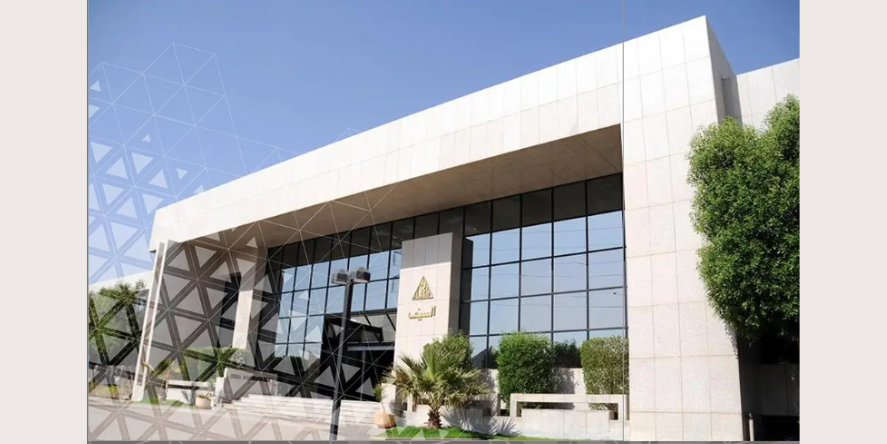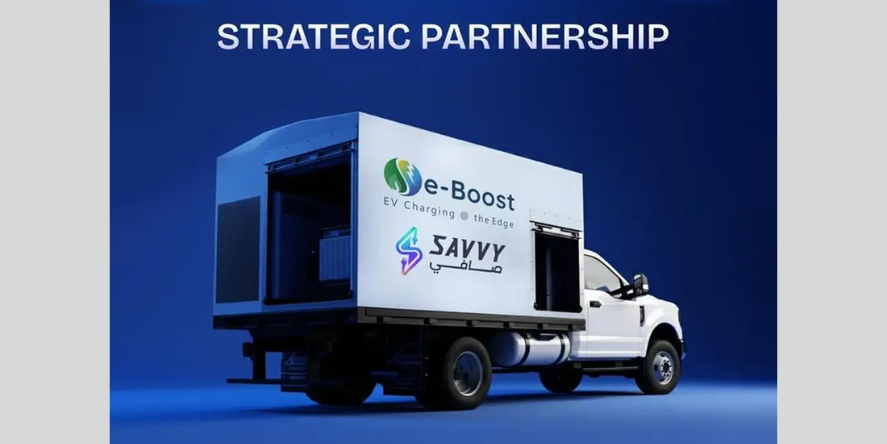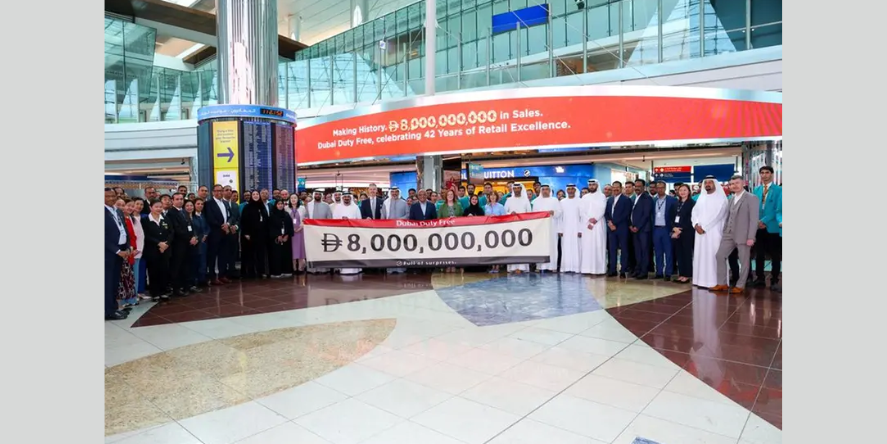Bitcoin Mining’s Evolution
Since the cryptocurrency launch in 2009, substantial modifications have been made to bitcoin mining. At first, mining was a fairly easy activity that anyone with a rudimentary computer and a desire to participate could do. However, it has now developed into an industrial-scale enterprise requiring a significant financial commitment, specialized hardware, and a vast amount of processing power. This development is a reflection of both the expansion of Bitcoin and the more general technological changes that have coincided with its ascent.
CPU Mining and Solo Miners in the Early Days of Bitcoin Mining
Mining was as simple as using software on a personal computer in the early days of Bitcoin. Because there were fewer users on the Bitcoin network at the time, mining blocks were not very tough. This made it possible for lone miners to validate transactions, create new blocks, and get paid in Bitcoin using their CPUs.
At first, Bitcoin mining was affordable, accessible, and lucrative for independent contractors. Because there was hardly any competition, early adopters who saw the promise of Bitcoin could mine thousands of coins with little effort. For those interested in getting started with Bitcoin, there are easy steps to buy Bitcoin that can help you enter the market without needing to engage in mining. However, the number of miners and the difficulty of mining increased along with Bitcoin’s growth. The shift from solitary mining to more cooperative and competitive methods began with this heightened difficulty.
The Transition to GPU Mining: A Revolution in Efficiency
Mining became increasingly difficult as the Bitcoin network expanded, to the point that CPU mining was no longer effective. With the advent of the GPU (Graphics Processing Unit), which provided a great deal more processing power than a CPU, the mining algorithms could be finished considerably more quickly. Because GPU mining made it possible for miners to stay competitive in an industry that was expanding, it became a pivotal moment in the history of Bitcoin.
GPU Mining’s Benefits Over CPUs
The emergence of GPU mining significantly altered the Bitcoin mining environment and offered many benefits over conventional CPU mining.
- More processing power: Miners might solve blocks more quickly if GPUs could manage more intricate computations.
- Increased efficiency: GPUs were more economical because they used less power in relation to the amount of computing they generated.
- Hardware accessibility: A wider variety of miners may afford GPUs due to their lower cost compared to specialist mining equipment.
With the advent of GPUs, mining began a new era in which individual miners could still make money, but as more users joined the network, the level of competition increased. Mining on a simple home computer was rapidly becoming obsolete.
The Inception of Mining Pools: Working Together to Get Block Rewards
The difficulty of mining Bitcoin increased along with its popularity. Even powerful GPUs eventually found it difficult to mine Bitcoin profitably by themselves. As a result, mining pools were established, where miners collaborated to combine their computing power and improve their odds of cracking blocks and receiving rewards.
For individual miners who were no longer able to compete with larger companies, mining pools provided an alternative. Instead of intermittent, high-reward payouts, miners who joined a pool received smaller, more regular benefits. Despite the growing difficulty, mining pools became a crucial advancement in the growth of Bitcoin mining, democratizing access to rewards.
ASICs’ Ascent: Dedicated Hardware for Bitcoin Mining
Application-Specific Integrated Circuits, or ASICs, marked the beginning of the next stage in the development of Bitcoin mining. These specialized devices, which have unparalleled processing power and efficiency, were created especially for Bitcoin mining. Because ASICs solved the proof-of-work algorithm for Bitcoin orders of magnitude faster than GPUs, they quickly made GPUs obsolete for Bitcoin mining.
The Reasons Behind the Standardization of Bitcoin Mining by ASICs
ASICs signaled the start of a new age in Bitcoin mining, one that is dominated by professional, large-scale operations. ASICs provided:
- Unmatched speed: ASICs have a competitive advantage over other hardware because they were created specifically for Bitcoin mining.
- Reduced energy consumption: Mining was more affordable at scale thanks to ASICs’ far higher energy efficiency than GPUs.
- Mining professionalization: Due to ASICs’ exorbitant fees, mining shifted from being done by individuals to businesses with the financial means to make significant investments.
Profitable home-based Bitcoin mining came to an end with the advent of ASICs, ushering in a new era dominated by specialist businesses.
Industrial-Scale Mining: Bitcoin Mining Turns Into a Lucrative Enterprise
Bitcoin mining is no longer limited to enthusiasts or people with extra computer power. Rather, it has grown into a massive industry controlled by mining farms, which are enormous data centers with thousands of ASIC miners working nonstop to crack difficult algorithms and get Bitcoin. In order to maximize efficiency, these mining companies frequently operate in areas with cool climates and cheap electricity prices.
Bitcoin mining has become a high-stakes activity that requires significant infrastructure and resources due to industrial mining operations. Many large-scale enterprises are situated in nations with inexpensive electricity and favorable regulations, such as the US, Canada, Russia, and Kazakhstan.
From Trailblazers to Industrial Powerhouses
The development of Bitcoin mining from lone hobbyists using personal computers to massive industrial operations is indicative of the ecosystem’s overall change. The mining of bitcoin has developed into a worldwide industry that requires significant financial resources, technological innovation, and a dedication to sustainable standards.
Mining will probably continue to be a vital component of Bitcoin’s network, spurring both innovation and discussion as the cryptocurrency continues to rise in importance in the global economy. Bitcoin mining, from its humble origins to the robust activities observed now, is evidence of the cryptocurrency’s tenacity and the community’s flexibility. Bitcoin mining is still in its infancy and will continue to be a fascinating and developing area of the digital finance industry.
Blog Received on Mail











